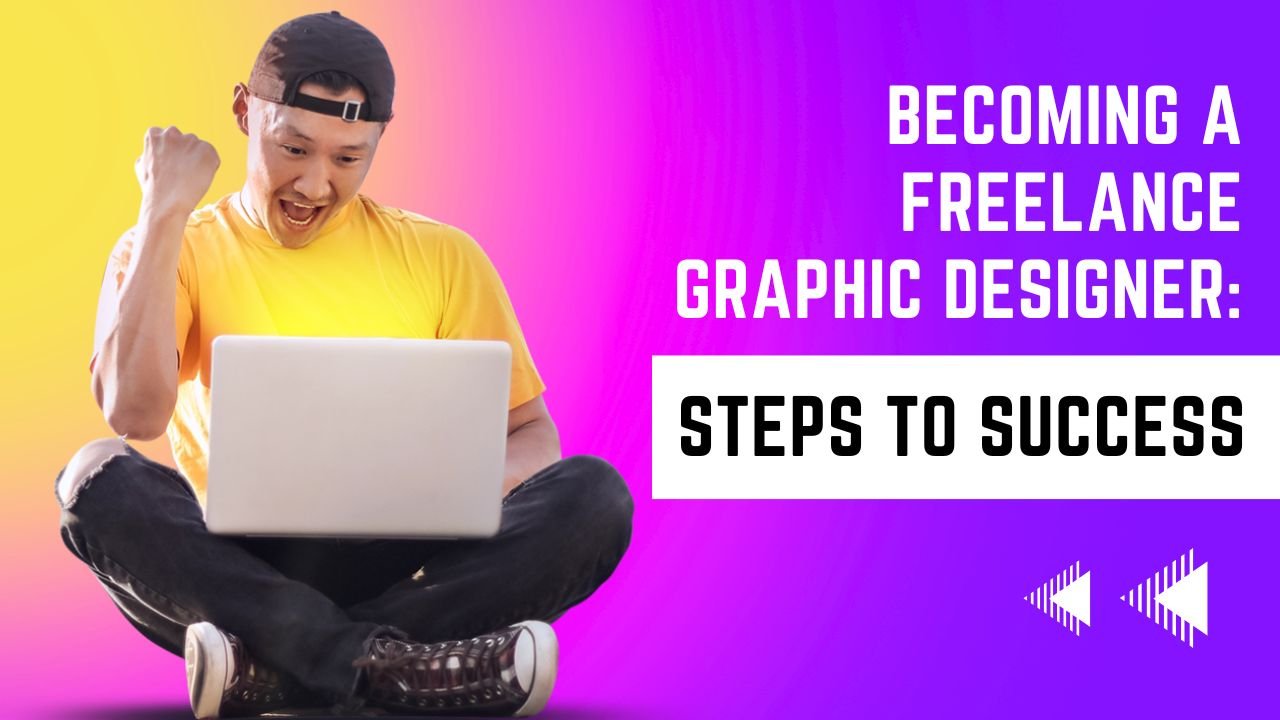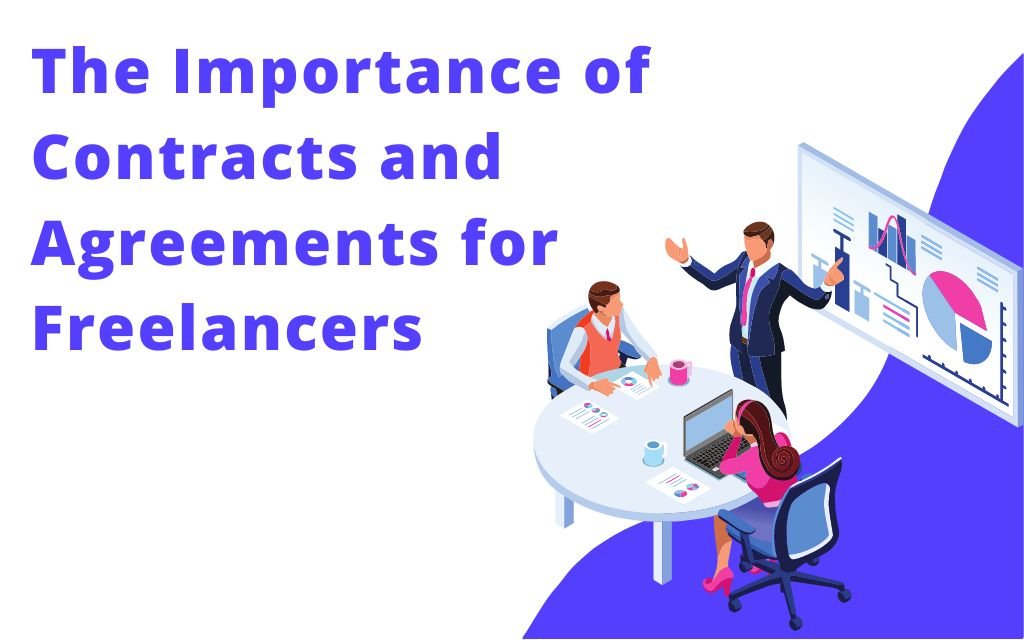Freelance graphic design is a popular and rewarding career choice for many creative professionals. It allows you to work on diverse and exciting projects, express your artistic vision, and enjoy the flexibility and freedom of being your own boss.
But how do you become a freelance graphic designer and succeed in this competitive and dynamic field? In this article, we will share some steps and tips to help you start and grow your freelance graphic design business.
1. Understand Graphic Design
The first step to becoming a freelance graphic designer is to understand exactly what graphic design entails. Graphic design is the art and practice of creating visual communication that conveys a message or idea effectively. Graphic design can be applied to various media, such as logos, websites, posters, flyers, brochures, magazines, packaging, etc.
To understand graphic design, you need to learn and master its elements and principles, such as color, typography, layout, contrast, alignment, balance, hierarchy, etc. You also need to learn how to use graphic design software and tools, such as Adobe Photoshop, Illustrator, InDesign, etc.
2. Choose Your Niche
The second step to becoming a freelance graphic designer is to choose your niche. A niche is a specific area or category of graphic design that you specialize in. Choosing a niche can help you:
- Stand out from the competition and attract more clients
- Charge higher rates for your work
- Deliver higher-quality work that meets client expectations
- Build your reputation and authority as a graphic designer
Some of the examples of graphic design niches are:
- Logo design: Creating unique and memorable symbols or icons that represent a brand or business
- Web design: Creating functional and attractive websites that enhance user experience and engagement
- Print design: Creating visual communication for printed materials, such as books, magazines, flyers, etc.
- Packaging design: Creating appealing and informative packaging for products that attract customers and communicate brand values
- Illustration: Creating original and expressive drawings or images that complement or enhance a message or idea
3. Create Your Brand
The third step to becoming a freelance graphic designer is to create your brand. Your brand is your identity and personality as a freelance graphic designer. It reflects who you are, what you do, and why you do it.
To create your brand, you need to:
- Choose a name for your freelance graphic design business (it can be your own name or a catchy name that relates to your niche or style)
- Design a logo for your freelance graphic design business (it should be simple, memorable, and relevant)
- Write a tagline for your freelance graphic design business (it should be short, catchy, and descriptive)
- Write an introduction or bio for your freelance graphic design business (it should summarize your background, skills, value proposition, and personality)
4. Build Your Portfolio
The fourth step to becoming a freelance graphic designer is to build your portfolio. Your portfolio is your showcase of your best work as a freelance graphic designer. It demonstrates your skills, experience, and style to potential clients.
To build your portfolio, you need to:
- Select only the projects that are relevant to your niche and audience
- Choose only the projects that demonstrate your skills and expertise
- Include only the projects that you are proud of and confident in
- Update your portfolio regularly with new and fresh work
5. Market Your Services
The fifth step to becoming a freelance graphic designer is to market your services. Marketing your services is your way of promoting yourself and your work to potential clients. It helps you generate leads, increase visibility, and build relationships.
To market your services effectively, you need to:
- Create a website for your freelance graphic design business (it should include your portfolio, introduction or bio, contact information, testimonials, etc.)
- Use social media platforms to showcase your work and connect with other designers and clients (such as Instagram, Facebook, Twitter, LinkedIn, etc.)
- Use online platforms or marketplaces to find and bid on projects and clients (such as Upwork, Fiverr, Freelancer.com , 99designs , etc.)
- Use networking events or opportunities to meet and interact with other designers and clients (such as conferences, workshops, webinars, etc.)
- Use referrals or word-of-mouth to get more clients and projects (such as asking for feedback, testimonials, or recommendations from your past or current clients)
Conclusion
Becoming a freelance graphic designer can be a challenging but rewarding career choice. By following these steps and tips, you can start and grow your freelance graphic design business and achieve success in this creative and dynamic field.




